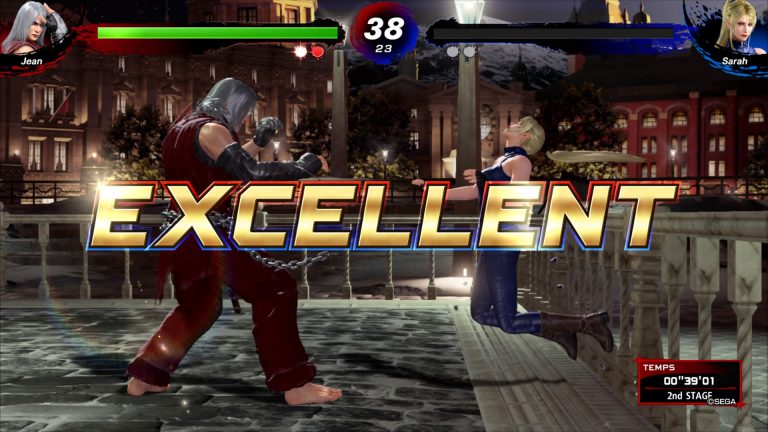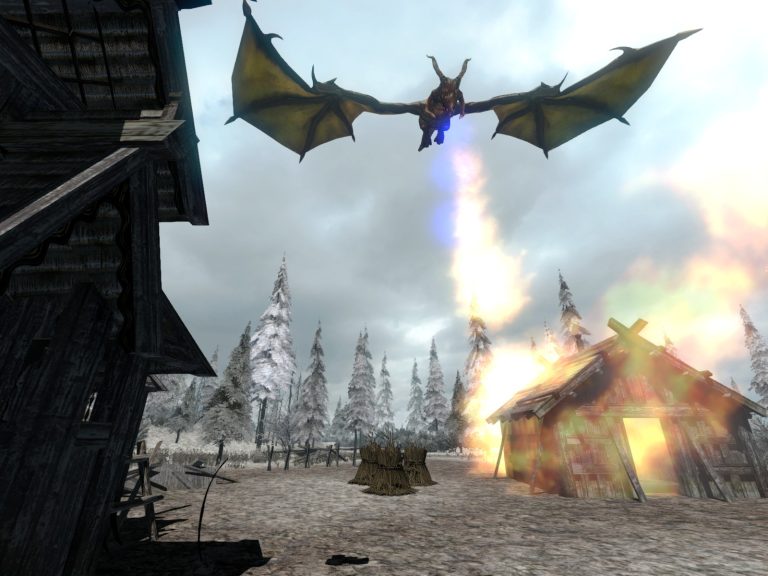

Since this happens so quickly, most people never notice it. However, the next frame is “rolled back” to the correct state and you are shown blocking as normal. For a split second, the game shows that you hit your opponent. This is where the term “rollback” comes from.

Say you attack and your opponent blocks you, but your attack hits before the “blocking” information gets to your computer. So you press a button, your character immediately attacks, the data gets sent through the internet, and then on the other side the opponent’s game is synched up and shows you attacking. It does this by letting both games run locally and comparing them frame by frame. Everything on screen happens instantaneously. So now that we got a lesson on why delay-based netcode sucks, let’s talk about rollback netcode, the technology that Strive actually uses (which has been used before in games such as Skullgirls and Killer Instinct).ĭelay-based netcode synchs games up by waiting. If your delay spikes up to eight frames right before an attack hits… well, it might be the only legitimate time you can claim, “I was blocking that!” and technically be right! Now you can see how bad connections can make even notoriously slow moves like Potemkin’s 5H “Slap Chop” can’t be reacted to in an online environment.Įven worse, the amount of delay you experience fluctuates up and down based on how stable your internet connection is - meaning some moves can be reacted to at one point and not reacted to at others.
#Guilty gear strive input delay Ps4
The PS4 and PS5 versions of Strive have an estimated 4-6 frames of natural controller-based input delay, according to tests by input-lag tester Nigel ‘Noodalls’ Woodall. On top of that, some consoles have baked-in controller input delay as well. So human error can account for anywhere from 2-15 frames of delay. On average, it takes the human brain approximately 250 milliseconds to react to visual stimulus when untrained (and that can be reduced to about 80 milliseconds when trained). There’s quite literally no way you can react to something like this with four frames of delay (of course, these moves are purposefully hard to react to, but delays can complicate that). In Guilty Gear -Strive-, Sol’s 5K (that’s standing kick, if you don’t know numpad notation) comes out in three frames, while all throws come out in two. Some moves in fighting games come out faster than that. One frame in a 60FPS game is 16.6666666… (you get the idea) milliseconds, so a four-frame delay means there are about 67 milliseconds between the button press and the corresponding action.Īnd if these numbers don’t already make it clear, let me just simplify it by saying that four frames of delay sucks. When a game says there are four frames of delay during an online match, that means that when you press a button, you can expect the game to wait four frames before something happens. This is a vast oversimplification, but bear with me. You press a button, the game waits until that button press is received by the other player, then it communicates back to you that the message has been sent loud and clear. Delay-based netcode handles this by introducing delay between the point at which you press a button and the point at which your character does something.

Every fighting game has to somehow keep in synch when players are connected over the internet both players have to see the same thing or else the game doesn’t work. If you play a lot of fighting games online, you’ve undoubtedly encountered delay-based netcode. Rock out to “Smell of the Game” for a bit while I tell you what these numbers actually represent. “You said Dragon Ball FighterZ was unplayable at four frames of delay, and now I’m wobbling back and forth between much higher numbers! This scares and angers me! Who invited math to a fist fight?” “How can this be stable?” the internet reactionary cries in entirely predictable anger. Even on the best of connections, these numbers go up and down over the course of a fight. Here you are, ready punch someone to the sound of some sick guitar riffs and then, GASP, numbers! You have rollback frames in the upper right and milliseconds of delay in the upper left. There are understandable worries when you first jump into an online match. I think it’s safe to say that a lot of people don’t quite get what’s going on here. Daisuke Ishiwatari’s post-apocalyptic, political-intrigue, heavy-metal fanfiction story might not be easy to follow, but the game’s netcode is similarly baffling. Guilty Gear -Strive- has been out for about a month now, and its new rollback netcode has many calling it the new gold standard for fighting games.


 0 kommentar(er)
0 kommentar(er)
